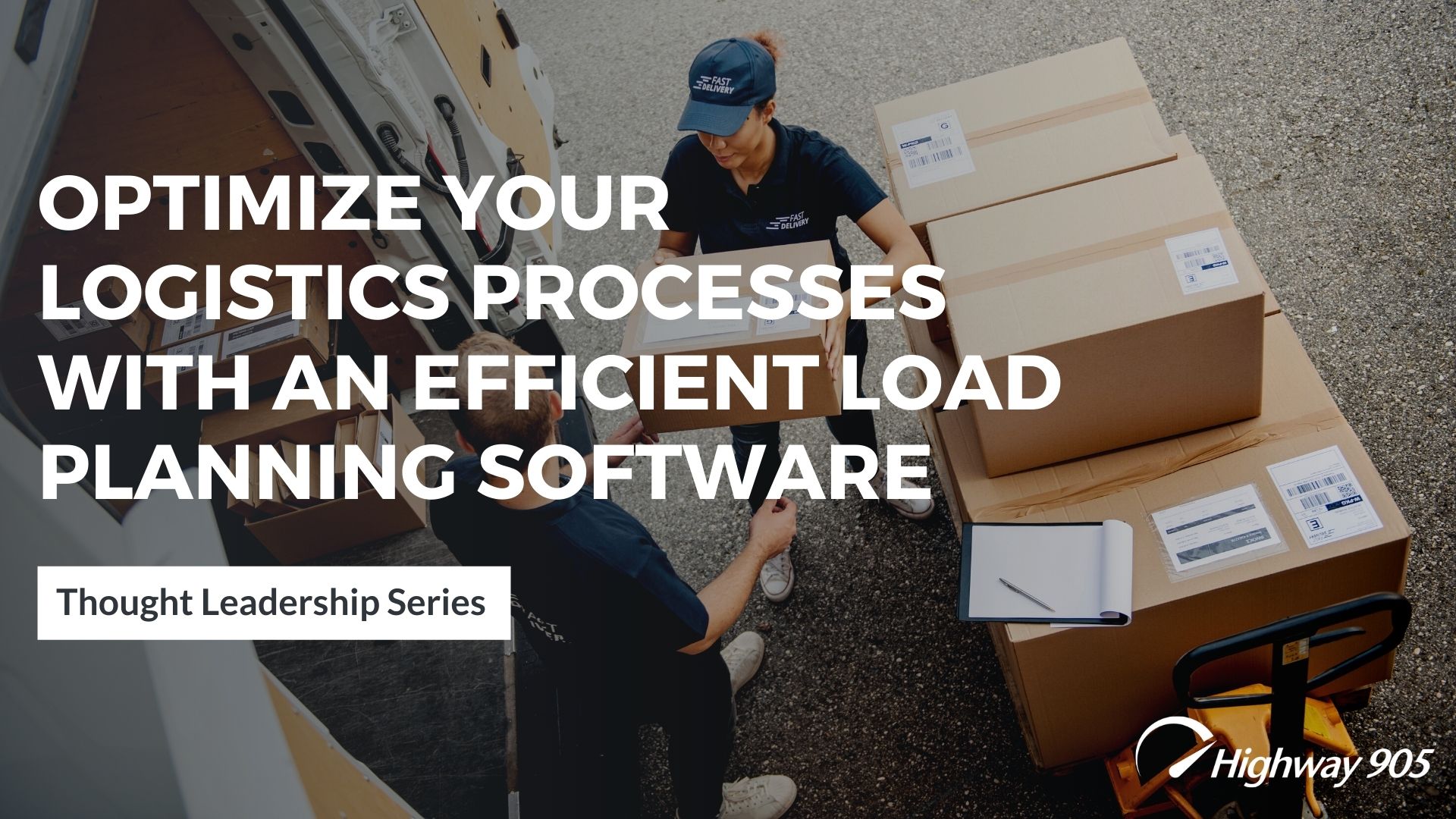
Global supply chains are difficult to manage. Not only does it take a lot of time and effort, but there are also so many issues that could arise daily. And to add to that, it has become highly volatile too, with last-minute cargo changes causing headaches for transportation specialists to challenges arising from unexpected changes in consumer buying patterns and expectations. So, today to meet their delivery schedules and to keep costs down it has become quite essential that global businesses now have a solution that can respond quickly enough to not only plan but also execute their loads seamlessly every time.
The situation today can be boldly put together in one line - "Driving logistics optimizations through the necessary technological tools is no longer an option - It is a must!". There are many challenges ahead that logistics leaders of today need to prepare themselves for and in a way such that they have all the right tools and necessary data available at their fingertips to optimize and create a highly responsive logistics framework.
The logistics industry today thrives on automation. Without an automated system in place, given the situation of last-minute cargo changes, personnel must thoroughly re-calculate the balance and distribution of cargo for each shipment which is a time-consuming process that can result in costly delays or even ruin profits if done incorrectly! Freight costs take up the largest chunk of the logistics costs for businesses today. Unoptimized loads and ungrouped orders can lead to inefficient utilization of each truckload of goods shipped, which in turn leads to an unnecessary increase in freight costs.
Load planning software is an automated process management solution that helps to solve this by ensuring smarter delivery execution with optimized load plans/schedules according to order grouping, forecasts, pallet sizes, and many other parameters. The product’s core functionalities and benefits are something that most businesses today can not ignore:
Putting all of these factors together, load planning software provides many benefits to businesses that are shipping goods within their base country, or even those that are doing international business. Load planning software allows for maximum capacity utilization in a shipping container or truck, which reduces the number of loads necessary to get an order shipped. It also optimizes load plans by consolidating orders, so it can save businesses money on their transportation costs. Along with this, it transforms how companies think about product mix and shipment weights, allowing them to make adjustments and identify how changing these factors can impact freight costs.
If you are facing any issues with higher freight costs due to unoptimized and inefficient load planning. Feel free to check out our Highway 905 ® Load Optimizer solution that helps you create a smarter way of planning your container loads and ensures a year-on-year decrease in freight costs, increase in maximum capacity utilization, and also boosts your order fulfillment rate in the long run. Additionally, we also ensure to go the extra mile by providing you an end-to-end load planning service to outsource your shipment load planning related woes to us. Highway 905’s Load Planning Service acts as your extended team of logistics experts and ensures to provide end-to-end strategic load planning services to facilitate overall carrier cost reductions and hassle-free shipment process.
And never miss any of our updates. Always be apprised of the latest from the supply chain and logistics industry.
President and CEO, Highway 905
Srini Vaidy is the President and CEO of the award-winning, cloud-based logistics technology provider Highway 905. He is an established innovator in the Supply Chain & Logistics space, with an ever-dying passion for coding and technology. For more than 30 years he has been ideating customer-centric and efficiency-driven supply chain execution solutions for the Fortune 500 to help them optimize their logistics costs and strengthen their competitive market position. With one eye on technological trends and the other on the happenings in the logistics space, he likes providing readers with an interesting perspective on the future of logistics industry.